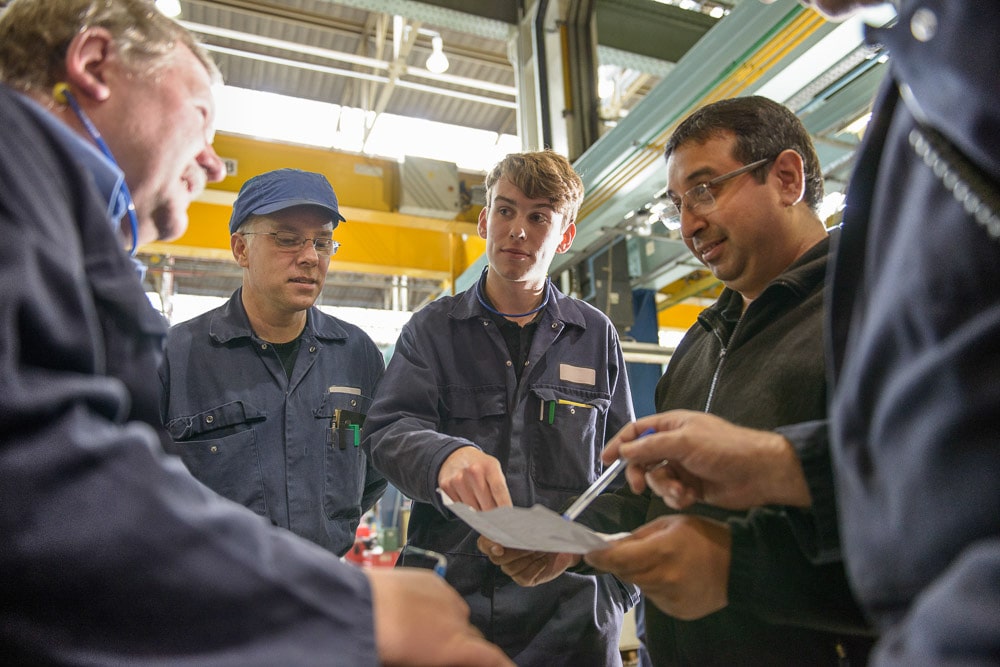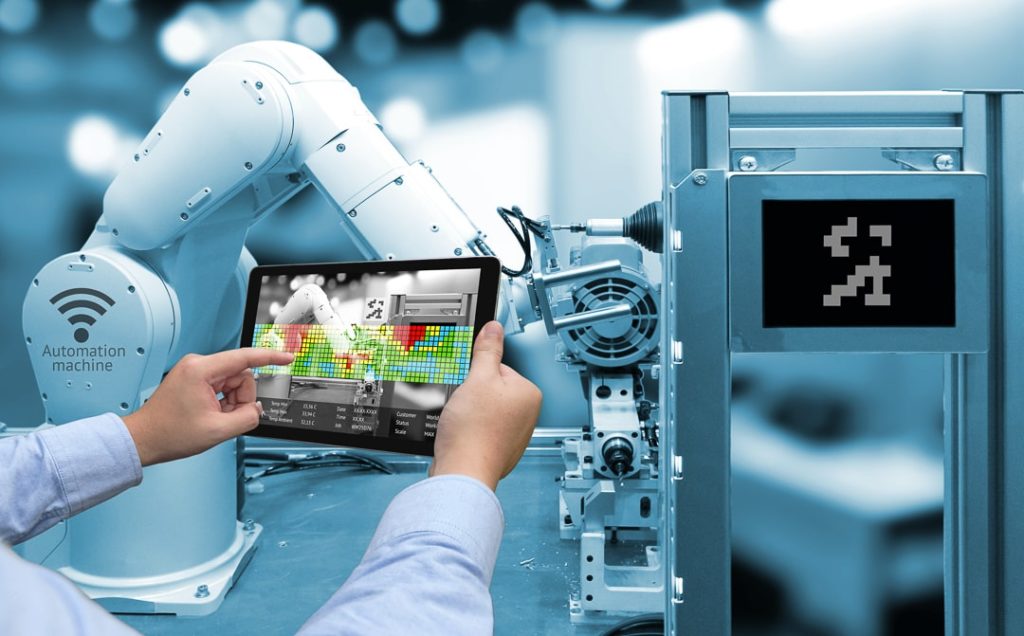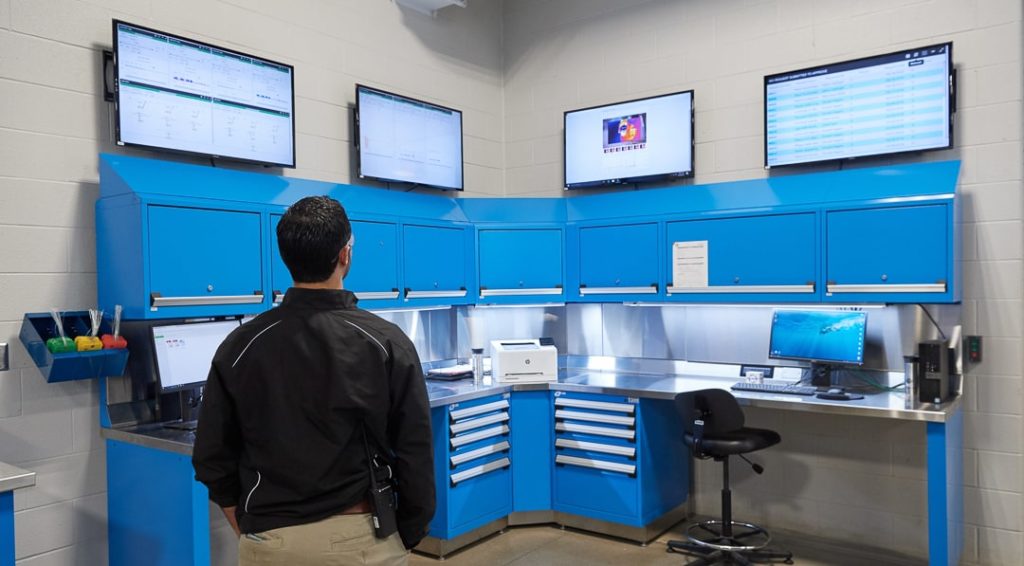
World-Class Maintenance requires planning and investment in IIoT technologies. (Credit: Getty Images)
Behind the buzzwords, “World-Class Maintenance” is a strategy that will bring organizations to the forefront of the Industry 4.0 revolution. The principle doesn’t just lie in asset management but in supporting and connecting people, assets, and data. On top of the ideology, World-Class Maintenance is defined as having operations standards be within World-Class Maintenance metrics, which is about the top 5% of key performance indicators.
What Does World-Class Maintenance Mean?
To be “world class” means you’re the best of the best. For athletes, that’s winning Olympic medals and other championships. In finance, it correlates to being included in an index such as the S&P 500.

World-Class Maintenance means that operational maintenance KPIs and metrics are within the top 5th percentile. Work order completion rates, downtime, and other key measurements of operational efficiency need to be in that top percentage to count as “World Class.”
Types of Maintenance KPIs
A frequency histogram is a graphical representation of how often something occurs. You can create frequency histograms with a computerized maintenance management system (CMMS). For example, frequency histograms could be used to determine:
- What are the top 10 things that are going on in my factory?
- Which asset has the most interruptions or unplanned events?
- Are any departments struggling with the most downtime?
Frequency histograms are simple and straightforward as maintenance KPIs go. Some other maintenance KPIs are more advanced, requiring additional data or labor to create. But the insights gained from these KPIs can be worthwhile.
Mean time between failures (MTBF), mean time to failure (MTTF), and mean time to repair (MTTR) are fairly common metrics in the maintenance industry. Collectively, these are sometimes called mean time calculations. They are all lagging indicators, providing insight into past events. Lagging indicators are performance measurements.
Leading indicators are performance drivers. They help predict future events and make proactive measures possible.
Condition monitoring involves teams collecting and analyzing asset data. Software can use the collected data to determine an asset’s condition. For instance, vibration data is one type of data collected and analyzed.
Finally, there are predictive algorithms. These involve taking condition monitoring data and running it through a series of calculations.
More and more often, tracking these metrics and achieving top performance means deploying and leveraging Industrial Internet of Things (IIoT) technologies.
What is Industry 4.0 / IIoT?
While the terms Industry 4.0 and IIoT aren’t entirely interchangeable, they’re closely related. Industry 4.0 is the global revolution in the way things are done. We’ve been through a few industrial revolutions already.

Now, in the fourth industrial revolution, or Industry 4.0, we’re digitizing the physical world into the cyber realm. As a globe, our entire lives are digitizing. Big data gleaned from every action can be taken in the physical realm. Facebook, Amazon, Microsoft, Google, and other World-Class Businesses are focused on making digital representations of our physical lives through social connections, purchasing, documents, office work, and more.
Industry 4.0 is the ideology. IIoT technology is how it gets done. And, it’s also what enables an idea called reliability-centered maintenance.
Reliability-Centered Maintenance as a Gateway to World Class Maintenance
Reliability-centered maintenance (RCM) is another buzzword with serious impacts. RCM aligns an asset’s function within an organization with its criticalness to organizational capacity and keeps the most functionally-critical assets within top-efficiency maintenance KPIs.
In industrial spaces, reliability-centered maintenance as part of World-Class Maintenance means:
- Asset “digital twins” with:
- Historical records
- Pictures or visualizations
- Engineering specs or schematics
- Continuous asset condition monitoring providing:
- Real-time insights
- Threshold breach alerts
- Data from automated measurements used to:
- Fill out work orders
- Schedule maintenance tasks
- Update dashboards
Building a World-Class Maintenance Department
Building a World-Class Maintenance department using metrics means that your team achieves the highest KPIs.
- Does planned maintenance work constitute more than 80% of tasks completed?
- Can your equipment be available 90% of the time or more?
- Is your reactive maintenance below 10%?
- Can you achieve preventive maintenance (PM) compliance 95% of the time?
To be successful, it’s important to understand your company’s KPIs, how and why they change, and their overall impact on process performance and Total Cost of Ownership (TCO).
Above all, building your maintenance department to “World Class” status takes effort and planning. So start with the end in mind. What does success look like for your team? Think through what you need to get to where you want to be.
- What data or reports would make life easier?
- Is there information leadership consistently asks for?
- Are there any maintenance budget busters?
World-Class Maintenance is characterized by efficient processes and continuous improvement. Achieving World-Class Maintenance means you also need a reliability partner — a vendor you work with for software, sensors, services, tools, and training.
 Maintenance professional viewing asset condition dashboards.
Maintenance professional viewing asset condition dashboards.
Your Guide to World-Class Maintenance
At Fluke Reliability, we embrace such partnerships to help you achieve World-Class Maintenance. Our Computerized Maintenance Management System (CMMS) will help organize your maintenance operations. Our wireless vibration sensors provide innovative condition monitoring. And our training, implementation, and data analysis services can help with post-pilot expansions, multi-site functionality, and more. We succeed when you are in the top 5% of your maintenance KPI goals.
To begin your reliability journey, contact us to speak with a specialist. We can help you chart your way to World-Class Maintenance.
